PERÚ TRAVEL PACKAGES

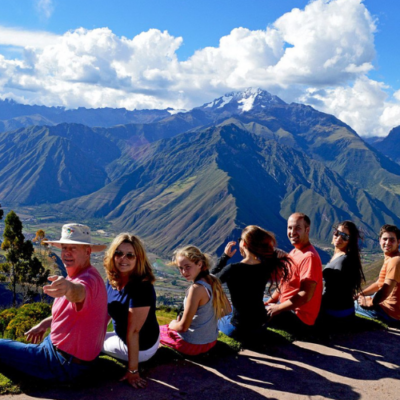

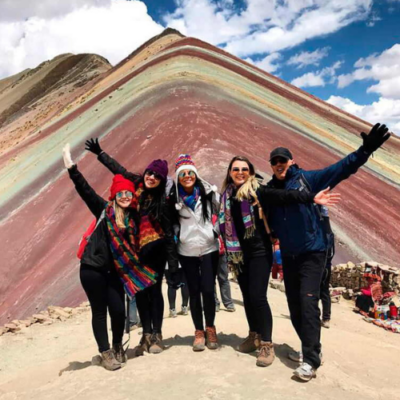

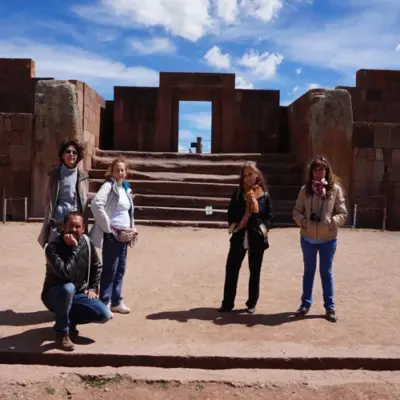
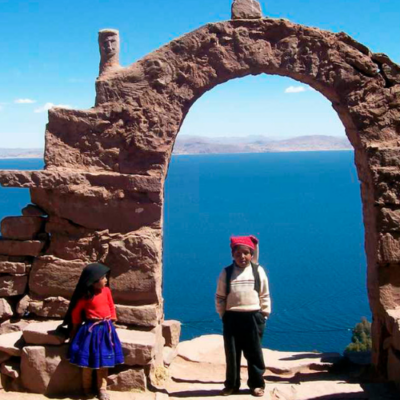

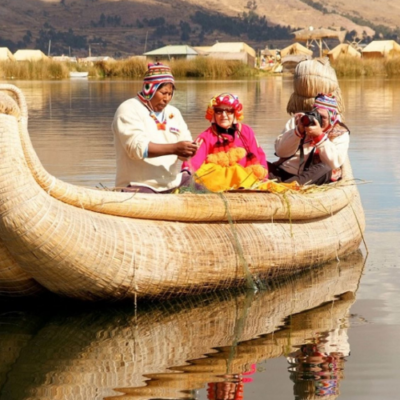


3 July, 2024










Exploring the Inca Trail is a journey that promises a unique blend of adventure, history, and natural beauty. For US travelers, this iconic trek offers an immersive experience through the breathtaking landscapes of the Andes, culminating in the awe-inspiring ruins of Machu Picchu. This guide provides essential information to help you prepare for the trek, including tips on acclimatization, packing lists, and the best times to visit. Whether you’re a seasoned hiker or a first-time trekker, this guide will ensure you are well-equipped for the adventure of a lifetime.
The Inca Trail is steeped in history, tracing back to the ancient Incan civilization. This network of trails once connected the vast Incan Empire, linking Cusco with Machu Picchu and other significant sites. Walking the same paths as the Incas provides a profound sense of connection to the past. The construction of the trail showcases the Incas’ engineering prowess, with stone paths, tunnels, and steps that have stood the test of time.
In your journey along the Inca Trail, you will encounter various archaeological sites, including Runkurakay, Sayacmarca, and Phuyupatamarca, each offering a glimpse into the lives of the ancient Incas. The final destination, Machu Picchu, is the crown jewel, a well-preserved testament to Incan architecture and ingenuity.

Preparation is key to a successful trek on the Inca Trail. One of the most crucial aspects is acclimatization. Cusco, the starting point, sits at an elevation of 11,152 feet (3,399 meters), so spending a few days here before the trek helps your body adjust to the altitude. Engaging in light activities, such as visiting local attractions or taking short hikes, can aid in the acclimatization process.
Packing appropriately is another essential part of preparation. A detailed packing list ensures you have everything needed for the trek while keeping your load manageable. Key items include:
Creating a comprehensive packing list ensures that you are well-prepared for the Inca Trail. Here are the essentials you should not overlook:

The Inca Trail is typically completed over four days. Here’s a brief overview of what to expect each day:

To enhance your experience on the Inca Trail, consider these tips:
The Inca Trail is not just a physical journey but also a cultural one. It offers insights into the ancient Incan civilization and its way of life. The trail was part of the extensive network of roads that connected the vast Incan Empire, facilitating trade, communication, and military operations. Today, walking the Inca Trail allows you to follow in the footsteps of the Incas and appreciate their achievements.
The best time to hike the Inca Trail is during the dry season, from May to September. These months offer more stable weather conditions and clearer skies. However, this is also the peak tourist season, so it’s essential to book your permits well in advance. The rainy season, from October to April, can make the trail slippery and challenging, but it also means fewer crowds and lush, green landscapes.

Exploring the Inca Trail is a transformative experience that combines adventure, history, and natural beauty. By preparing adequately and understanding what to expect, US travelers can fully appreciate the journey from Cusco through the Andes to the majestic Machu Picchu. This guide aims to equip you with the knowledge and tips needed for a successful and memorable trek on the Inca Trail.
Copyright© 2023 Leading Peru Travel